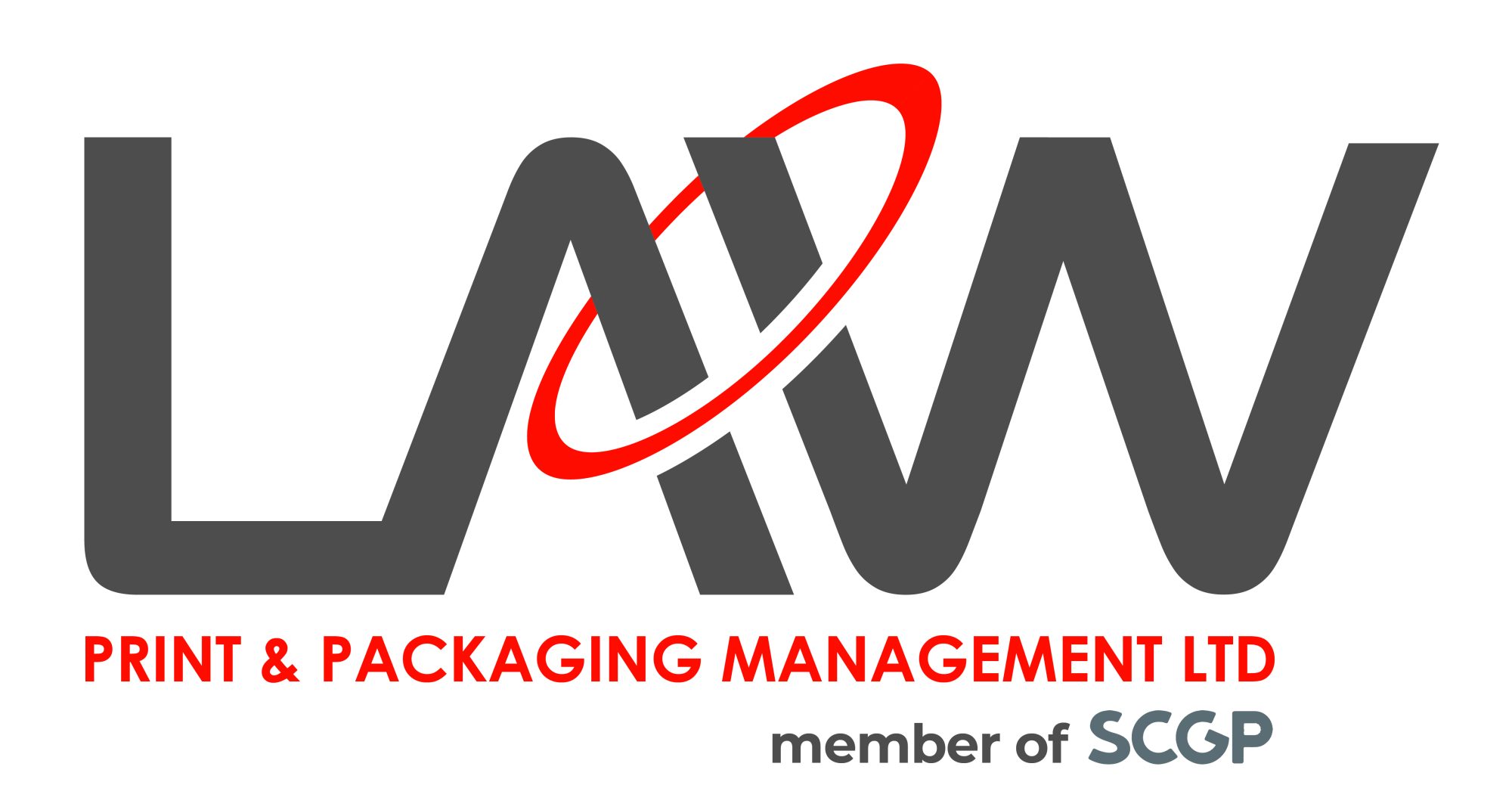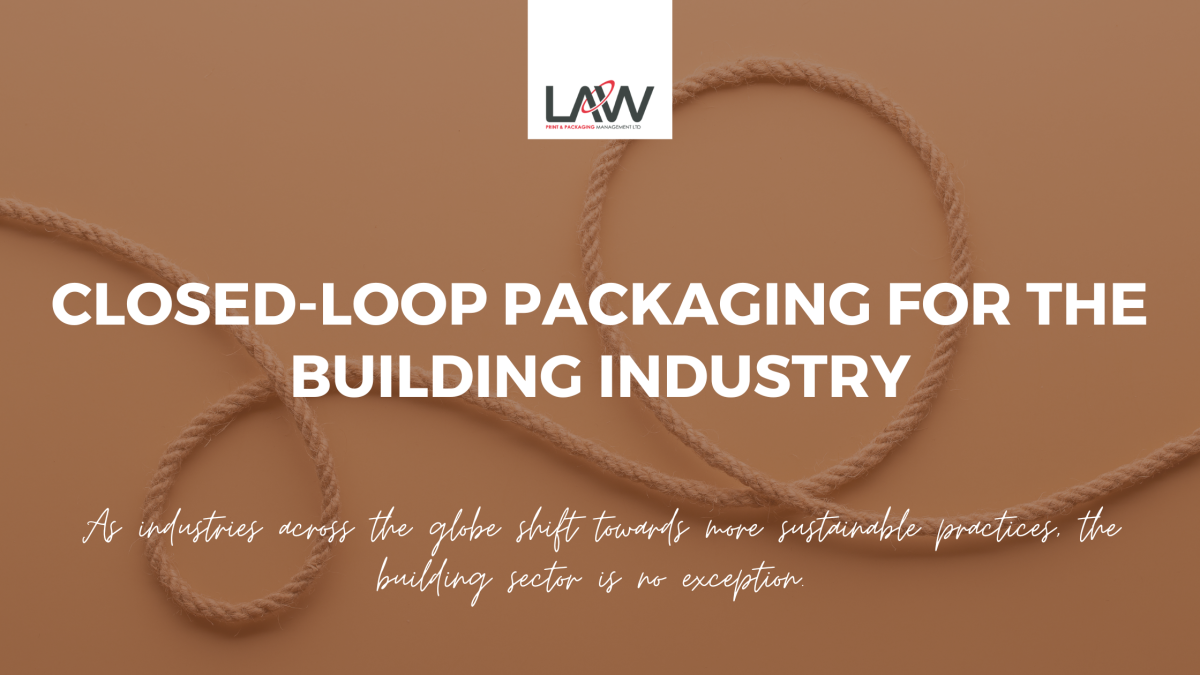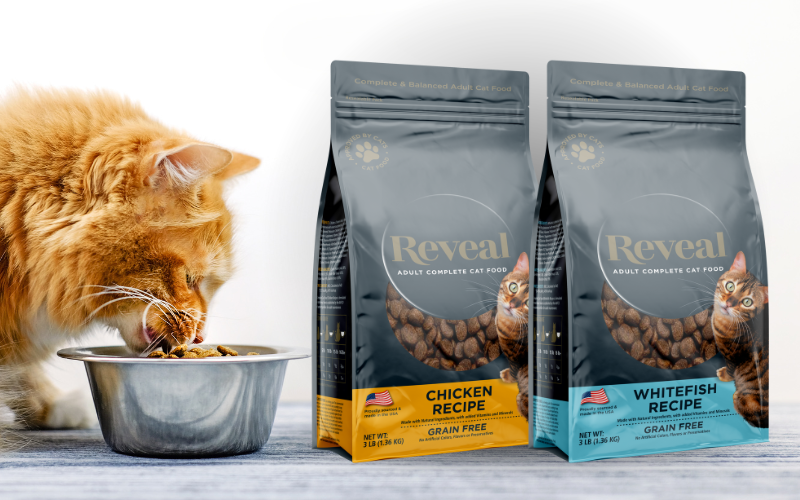As industries across the globe shift towards more sustainable practices, the building sector is no exception. From green materials to energy-efficient designs, construction companies are embracing environmentally friendly solutions at every step.
However, one crucial but often overlooked aspect of sustainability in the building industry is packaging—specifically, flexible packaging. Enter closed-loop flexible packaging, a game-changer that could significantly reduce waste and environmental impact while boosting efficiency.
But what is it, and how can it benefit the building industry?
Understanding Closed-Loop Flexible Packaging
A closed-loop system is a sustainable approach where packaging is designed, used, recovered, and recycled back into the production cycle without ever entering the waste stream. In this model, packaging materials are collected after use, processed, and then reused to create new packaging or products. It’s a cradle-to-cradle system, significantly reducing the need for virgin raw materials and minimizing the environmental footprint.
When applied to flexible packaging—materials like plastic films, foils, and paper—this approach offers a sustainable alternative to traditional single-use packaging. Flexible packaging is already lightweight, requiring less material and energy to produce and transport. By closing the loop, the environmental benefits increase, reducing the total life-cycle impact of packaging materials.
Why Closed-Loop Packaging is Perfect for the Building Industry
The building industry is heavily reliant on durable and efficient materials, and this extends to the packaging of these materials. Whether it’s cement bags, protective films, insulation wraps, or tools, flexible packaging plays a critical role in protecting and delivering products to construction sites.
Here’s how closed-loop flexible packaging can benefit the building sector:
- Waste Reduction: Construction sites generate significant amounts of waste, much of which comes from packaging materials. Closed-loop systems ensure that once packaging is used, it doesn’t end up in landfills. Instead, it is recovered, recycled, and turned back into usable materials.
- Resource Efficiency: By using recycled materials to create new packaging, manufacturers reduce their reliance on virgin raw materials like petroleum-based plastics. This helps conserve resources and lowers the environmental impact associated with extraction and production processes.
- Cost Savings: Recycling and reusing materials can lead to cost reductions for both packaging manufacturers and construction companies. With fewer resources needed to produce new packaging, the overall costs of materials can decrease, benefiting the entire supply chain.
- Enhanced Brand Image: More than ever, clients and regulators are focused on sustainability. Companies that adopt closed-loop flexible packaging not only improve their environmental footprint but also enhance their brand’s reputation. In a competitive industry like construction, demonstrating a commitment to sustainability can help businesses stand out.
- Regulatory Compliance: Governments worldwide are pushing for stricter waste management and recycling regulations. By implementing closed-loop systems, companies can stay ahead of potential regulatory changes and avoid penalties associated with non-compliance.
How Closed-Loop Systems Work in Practice
The success of a closed-loop flexible packaging system depends on collaboration across the supply chain. Here’s how it works:
- Design: Packaging is designed to be recyclable from the start. It should be easy to recover and repurpose, using materials that can be effectively recycled in existing systems.
- Use: Packaging is used to protect, transport, or store building materials. In the building industry, this can include everything from pallet wraps to bulk bags.
- Recovery: After packaging has served its purpose, it’s collected from the construction site. Specialised collection systems are often put in place to ensure that packaging is separated from other waste materials and sent to recycling facilities.
- Recycling: The collected packaging is then processed, cleaned, and recycled. The materials are turned into new flexible packaging or other products, completing the loop.
- Reuse: Finally, the recycled materials are used to create new flexible packaging, which is sent back to the manufacturer or building company, starting the cycle over again.
Challenges and Solutions
While the benefits of closed-loop flexible packaging are clear, there are challenges to overcome:
- Infrastructure: Efficient recycling systems must be in place to support closed-loop packaging. This includes collection, sorting, and processing facilities capable of handling flexible materials.
- Material Contamination: Flexible packaging, especially on construction sites, can be exposed to various contaminants like dirt, chemicals, or adhesives. Innovative recycling technologies that can clean and process contaminated materials will be critical for success.
- Supply Chain Collaboration: Closed-loop systems require strong cooperation between packaging manufacturers, recyclers, and end-users. Transparent communication and shared goals are essential for creating a seamless, efficient process.
A Vision for the Future
Closed-loop flexible packaging is more than just a trend—it’s a step toward a more sustainable and responsible building industry. By embracing this approach, construction companies and packaging manufacturers can work together to reduce waste, conserve resources, and contribute to a circular economy. In a world where sustainability is no longer optional, closed-loop systems offer a tangible way to reduce environmental impact while maintaining the efficiency and functionality that the building industry demands.
As the world continues to build the future, let’s ensure we’re doing so in a way that sustains it for generations to come. With closed-loop flexible packaging, the building industry can lay the foundation for a greener tomorrow.
If your brand wants to invest in quality packaging, we will guide you through the entire print process. In addition, we are providing recommendations along the way to improve efficiency, reduce costs and add untold value to the end product.
Contact us on +44 (0) 161 440 7302 or follow this link to complete our contact form – or, we’ll see you there!


